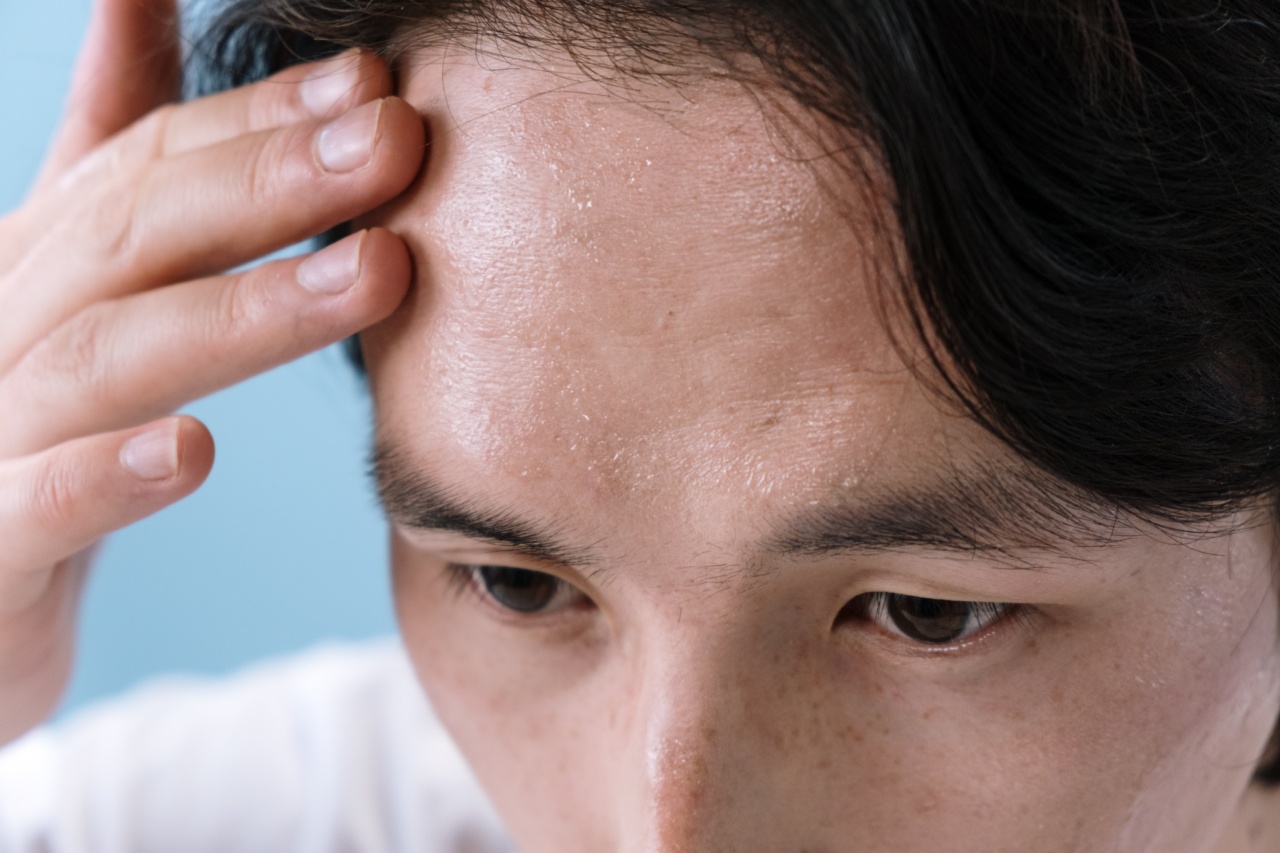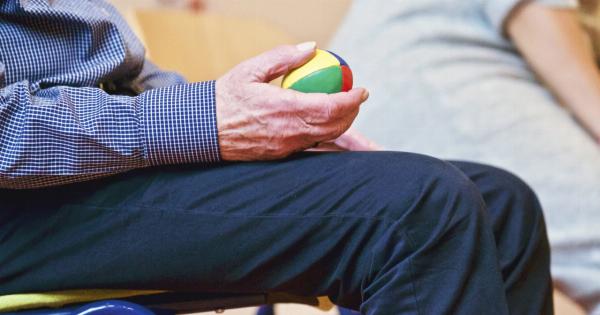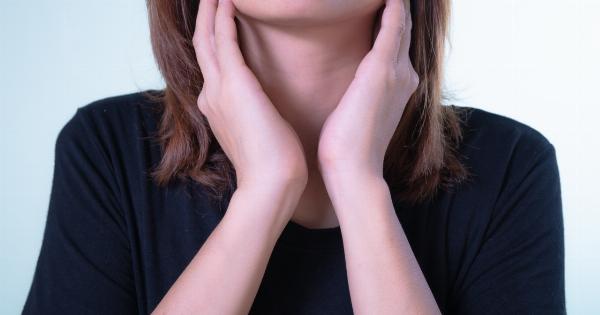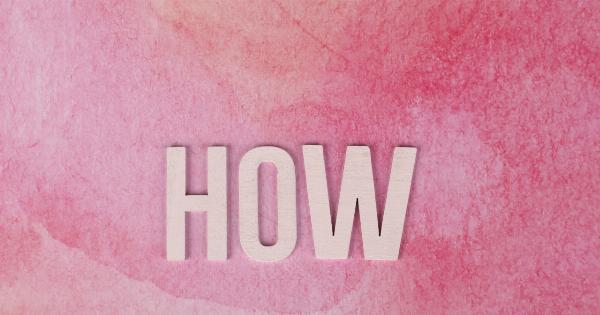Illnesses can be a scary thing, but being able to identify the symptoms can help you get the proper treatment you need and prevent further complications.
This pictorial guide will help you identify common symptoms related to specific illnesses, so you can seek medical attention sooner rather than later.
Cold & Flu
Common symptoms of a cold or flu include:.
- Fever
- Cough
- Sore throat
- Runny or stuffy nose
- Fatigue
- Body aches
If you have cold or flu symptoms, try to rest and drink plenty of fluids. Over-the-counter medications like acetaminophen or ibuprofen can help relieve fever and body aches.
If your symptoms persist or you are at risk of complications (such as the elderly or people with chronic medical conditions), seek medical attention.
Asthma
Asthma symptoms can include:.
- Shortness of breath
- Chest tightness
- Coughing
- Whistling or wheezing sounds when breathing
Asthma attacks can be triggered by allergens, exercise, or pollution. If you have asthma and experience symptoms, follow your asthma action plan and use any prescribed inhalers.
If you are having trouble breathing or your inhalers are not helping, seek medical attention immediately.
Heart Attack
The symptoms of a heart attack include:.
- Chest pain or discomfort that may feel like pressure, squeezing, fullness, or pain
- Pain or discomfort in other areas of the upper body, including the arms, back, neck, jaw, or stomach
- Shortness of breath
- Cold sweat
- Nausea or vomiting
- Lightheadedness
If you or someone else is experiencing these symptoms, do not hesitate – call 911 or your local emergency services immediately. Prompt treatment can greatly improve the chances of survival and prevent further damage to the heart.
Stroke
The symptoms of a stroke can include:.
- Sudden weakness or numbness in the face, arms, or legs, especially on one side of the body
- Sudden trouble speaking or understanding speech
- Sudden trouble seeing in one or both eyes
- Sudden severe headache with no known cause
- Sudden dizziness or loss of balance or coordination
If you suspect someone is having a stroke, time is of the essence. Call 911 or your local emergency services immediately. Treatment within the first few hours of a stroke greatly improves the chances of recovery.
Diabetes
Symptoms of diabetes can include:.
- Increased thirst
- Frequent urination
- Extreme hunger
- Unexplained weight loss
- Fatigue
- Blurred vision
If you experience any of these symptoms and have risk factors for diabetes (such as being overweight, having a family history of the disease, or being over the age of 45), see your doctor for a blood test.
Early diagnosis and treatment of diabetes can help prevent complications and improve overall health.
Depression
Symptoms of depression can include:.
- Feeling sad, empty, or hopeless
- Lack of interest in activities you used to enjoy
- Changes in appetite or weight
- Sleep disturbances, such as insomnia or oversleeping
- Fatigue or low energy
- Difficulty concentrating or making decisions
If you have these symptoms for at least two weeks and they interfere with your daily life, see your doctor. Depression is a treatable condition, and many people benefit from therapy and/or medication.
Don’t suffer in silence – seek help if you need it.
Anxiety
Symptoms of anxiety can include:.
- Excessive worry or fear
- Feeling constantly on edge
- Irritability
- Sleep disturbances, such as insomnia or restless sleep
- Physical symptoms such as sweating, trembling, or heart palpitations
If you have these symptoms and they interfere with your daily life, see your doctor. Anxiety is a common condition, and there are effective treatments available, such as therapy and medication.
Migraine
Symptoms of a migraine can include:.
- Headache with moderate or severe pain that is often on one side of the head
- Sensitivity to light, noise, or smells
- Nausea or vomiting
- Visual disturbances, such as seeing flashing lights or zigzag lines
If you experience migraines, try to identify your triggers (such as stress, certain foods, or hormonal changes) and avoid them if possible. Over-the-counter medications like ibuprofen or acetaminophen may help relieve pain.
If your migraines are severe or frequent, talk to your doctor – there are prescription medications and preventive measures that may help.
Insomnia
Symptoms of insomnia can include:.
- Difficulty falling asleep
- Waking up frequently during the night
- Waking up too early in the morning
- Feeling tired or not well-rested after sleeping
If you have insomnia, try practicing good sleep hygiene, such as establishing a regular sleep schedule, avoiding caffeine and alcohol in the evening, and establishing a relaxing bedtime routine.
If your insomnia persists, talk to your doctor – they may be able to prescribe medication or recommend further treatment options.

























